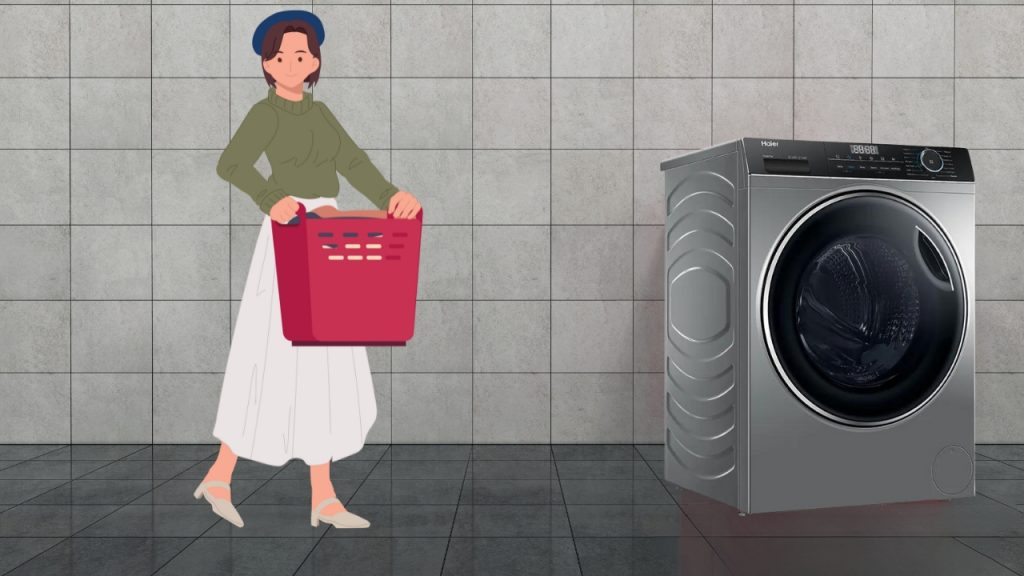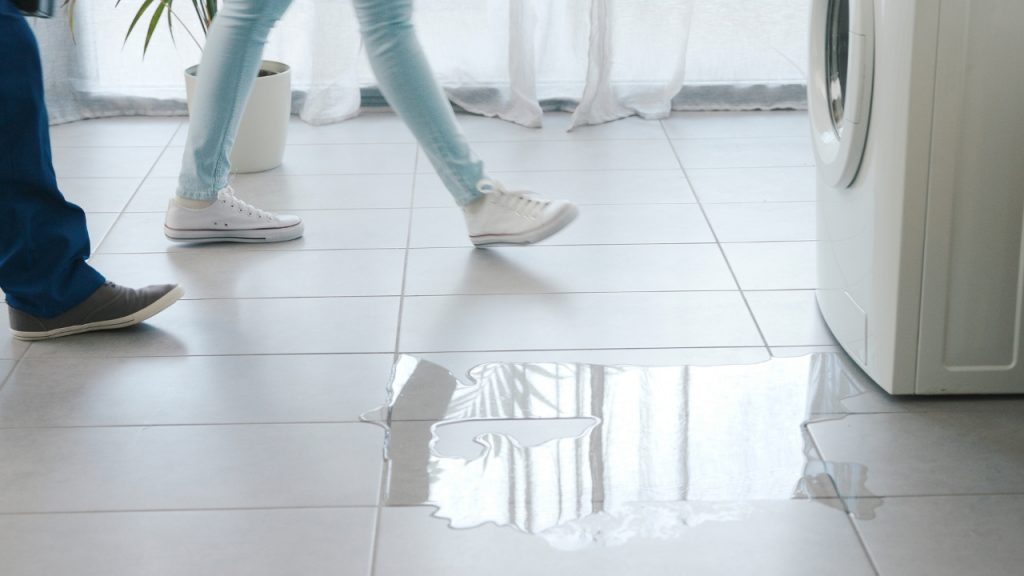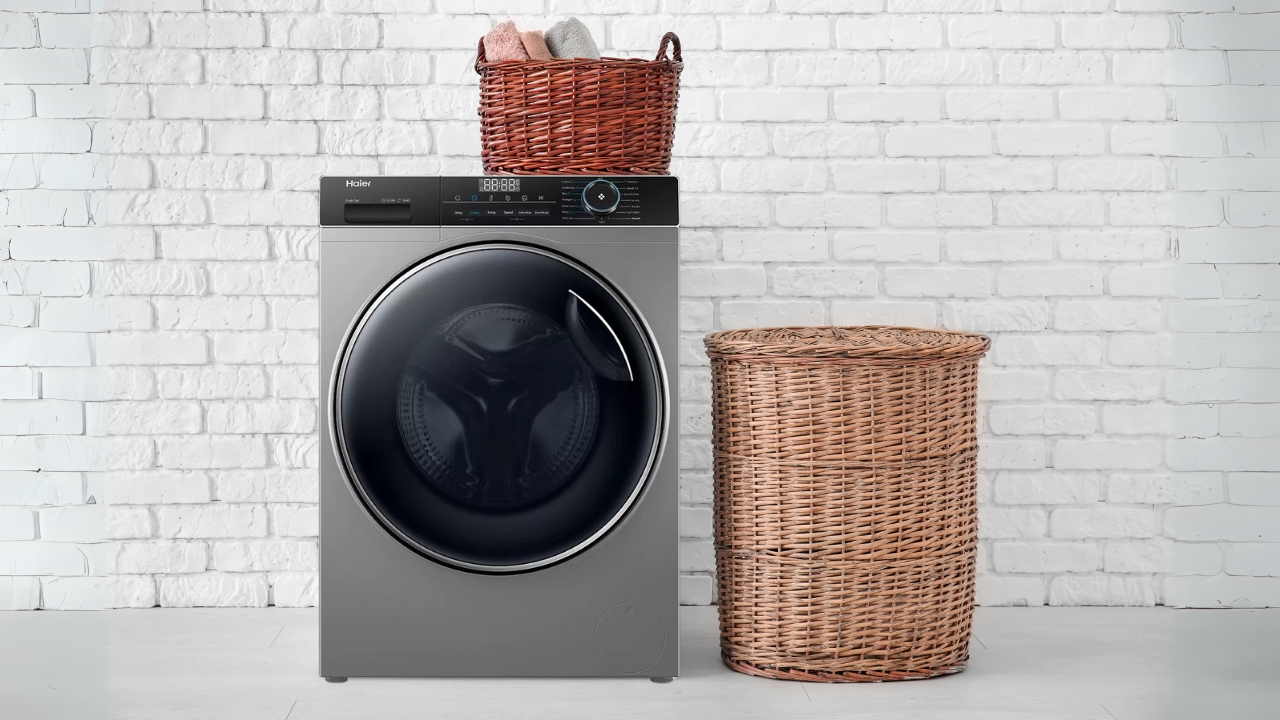Electric appliances can cause problems. These issues can be resolved if you have adequate knowledge about the gadget in question.
Let’s face it, a washing machine is somewhat of a headache to deal with when it starts giving problems.
Yet, many of these common washing machine problems are easy to solve with basic troubleshooting and DIY repairs. Learning how to identify and resolve common washer problems can save you the cost and struggle of calling for service.
This guide will provide tips for troubleshooting some of the most frequent washing machine problems and simple repairs that you can do yourself.
We’ll discuss common issues you may experience while using a washing machine.
1. No Power
If your washing machine won’t turn on at all, check its power supply first. Ensure the washing machine is plugged correctly and that the outlet works by plugging in another appliance or gadget like a dryer. Also verify whether your home’s circuit breaker or fuse box has tripped any fuses or breakers (these could be responsible for cutting off power to the washing machine). If there are any blown fuses, get them replaced immediately.
If you find tripped breakers instead, replace them as well but if you notice damaged cords, control boards, door/lid switches then those may need professional repair or replacement depending on their condition.
2. Washing Machine Won’t Spin

It gets especially frustrating when your laundry task is incomplete because your washing machine keeps malfunctioning.
In top-loading machines lid switch faults often prevent spinning from taking place even with a properly shut lid during operation. Since this safety device halts spinning whenever it senses an open lid, chances are high that re-shutting it might realign both pieces together again allowing spin cycles to continue as normal.
In some cases however, hinge pins could have been damaged requiring a switch replacement.
But front load machines involve different steps since their doors are involved in locking systems. If the door isn’t properly and safely locked, spinning cannot occur as it would be a safety hazard. Cleaning or oiling the door lock might be enough to get things back on track though some lock damage may require a complete replacement.
When loading your washing machine, be careful as an unbalanced load can prevent a front-loader from spinning. Rearrange the heavy items in the drum to rebalance the load.
Another part to check is the drain pump, which can also cause spin problems if it gets clogged or jammed. Check for clogs and remove any you see; disassemble the pump and clean out blockages if necessary. If the pump motor makes loud noises, replace it.
3. Not Draining
If your washer is spinning properly but not draining all of the water at the end of the cycle, start by checking for clogs in both hoses connected to the pump (you may need to unscrew them and clean them out). Also inspect them for kinks; straighten any you find.
Then unscrew each hose from its fitting, and take a peek inside each one—there’s probably some moldy water lurking in there. Clean what you can with bleach and/or vinegar then wipe dry before reassembling everything.
If you’ve checked all that and there’s still no improvement, it’s worth taking a look inside your drain pump. Disassemble it if necessary to examine its impeller for blockages (the problem could be something lodged in there). If you hear clicking or humming sounds during its cycles, that’s another indication that this part might need a pro’s attention.
Problems with drain pumps, hoses, or filters are often easily fixed on your own. But when no obvious issues appear after examining those things—or troubleshooting steps are more involved—it’s best to call a repair pro about fixing any problems with parts such as motors (or switches) or control boards.
4. Leaking Water

Leaks are common enough issues faced by washing machines. If yours has one of these issues, first check the door seal on front-loaders and lid gasket on top-loaders—these rubber barriers should lie flat against the machine’s frame.
If those are all fine, you can try tightening any loose fittings on the water inlet hoses or valves. Then replace any damaged parts you see; gaskets for example may have worn out over time and cracked. It’s a good idea to swap in new inlet hoses every five years so that they don’t burst.
Still leaks? Examine the outside of your washer’s outer tub for corrosion, holes, or cracks—holes are often caused by pieces of sharp metal lodged in clothes pockets during washes. Small holes can sometimes be temporarily patched with epoxy resin, but if the damage is significant (or if it isn’t) you’ll need to bring in a technician to install a new outer tub.
5. Making Loud Noises
If your washing machine sounds like a 747 taking off, there might be an issue inside. Start by trying to identify which type of noise it’s making: humming (drive motor), screeching/grinding (bearing problems), or banging (imbalance/knockaround).
If you have found out that the drive motor is the problem, start checking the motor coupler. If you find that the rubber has given away and is worn out, it could be causing a loud humming noise while your machine spins. Replacing this part is fairly straightfoward and can be done on your own. Other parts like bearings in your pump or motor could be worn out as well and cause high pitched squealing or screeching. Try lubricating them with some oil or replace the whole thing if necessary. The innards of your machine can also loosen over time. Contact a technician to check for alignment and possible replacement.
Introducing – Haier India’s Smart Washing Machine with Silent Motors

7.5 Kg, Front Load Fully Automatic Washing Machine
With Haier’s Direct Motion Motor which is directly connected to the drum, this washing machine makes virtually no sound when doing what it does best: cleaning clothes! The lack of belts means less vibrations and more peaceful laundry days for you from now on. It holds up to 7.5 kg so it can tackle all kinds of loads effortlessly while being efficient on energy consumption at the same time.
8 Kg, Front Load Fully Automatic Washing Machine
Another great example of Haier’s silent technology, this 8kg front load fully automatic washer will save you money on water bills with its precise control settings and save you headaches with its silent performance. Ideal for those who hate clunky machines!
6. Not Cleaning Properly
There could be a variety of reasons why your machine isn’t cleaning properly after use. One common issue is clogged water flow due to blockages in certain filters or hoses . Another reason would be lint or debris stuck in the drain outlet, drain hose or pump which stops dirty water from flowing down completely after use.
Here are steps to troubleshoot:
- Check all filters and hoses for clogs before moving forward
- Remove any lint or debris clogging the drain hose, pump or outlet
- Run a wash cycle with hot water and vinegar to remove any other stuck items
Follow Some More Simple Maintenance Tips

Prevention is key when it comes to fixing your machine. Here are some tips:
- Clean the interior of your drum and exterior (including door gaskets) regularly with a disinfectant cleaning agent.
- Use washing machine cleaners once every month to remove stuck items.
- Leave the washer door open for a while after each use so moisture can evaporate.
- Rinse out detergent dispensers, pumps and interior tubs with hot water after washing heavily soiled loads.
- Inspect hoses and belts for wear periodically. Replace inlet hoses every 5 years.
- Tighten all water connections and check for leaks.
- Fix drips immediately before they cause more damage.
- Clean the water inlet filters regularly to avoid dust build up
Knowing how to fix and troubleshoot basic washing machine problems can help you save money and extend the lifespan of your appliance. In this guide, we hope you’ve learned a few things about solving common issues that may arise while you’re doing laundry. Remember, DIY repair knowledge is power!

